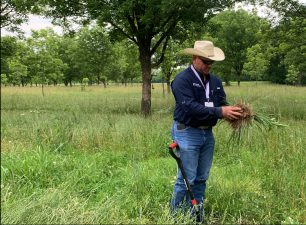
Orchard Resilience Begins at the Ground Level
What is resilience in orchards? Can we have a resilient pecan orchard? What are the most significant benefits of resilience for pecan producers? These are just a few questions asked as we visit producers about regenerative management in orchards to improve soil health. Over the past few months, we have visited pecan producers across the...
Read more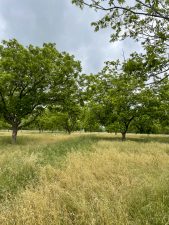
Evaluate Your Expenses to Help Reduce Your Costs
The last several years have been tough for pecan growers with lower prices and higher input costs, and I know most growers are looking for ways to reduce their input costs. To determine where to make the best cuts in your expenses, it helps to understand where you are spending money entirely. For example, do...
Read more
Getting Started in Regenerative Management
I often get asked if we can manage pecans regeneratively and still be productive and profitable. My answer? Yes, we can, but regenerative management will be different for each producer. Each producer will have unique circumstances that will require individualized management practices. Many producers have been seeking ways to reduce input costs while maintaining or...
Read more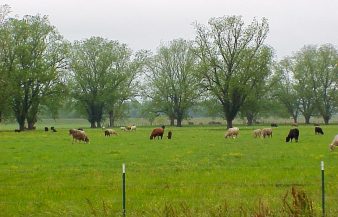
Proper Integration of Livestock can be Beneficial to Soil Health
If handled properly, integrating livestock into an orchard can greatly benefit. As I have visited with growers over the past several years about managing soil health in their orchards, livestock integration is the most common practice pecan growers are hesitant to implement. Knowing how to graze properly to improve soil health is essential for growers...
Read more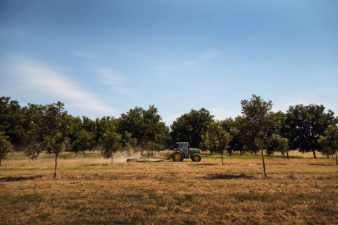
Principles over Practices
Last year, I had the opportunity to attend the Ranching for Profit School conducted by Ranch Management Consultants. While the school targeted livestock producers, I quickly recognized that pecan producers could benefit from a similar school. The school was more of a business course focused on helping individuals (owners or managers) learn how to develop...
Read more
Regenerative Management in Pecans
How can ‘Regenerative Agriculture’ work for pecan growers? Over the last couple of years, this is a common question I have received. I would say that for several of the growers I have visited about regenerative management, most are willing to try it to solve problems that traditional management has not worked on. With higher...
Read more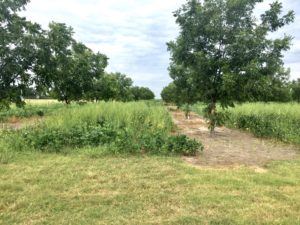
Managing Your Orchards with IPM to Improve Your Profits
As the economic environment continues to change with higher input costs and decreased farm profitability, we as growers must start looking for ways to lessen our dependency on high-cost inputs. Following regenerative agriculture principles has proven to be an effective way to improve soil health and lessen growers’ reliance on high-cost inputs. By following these...
Read more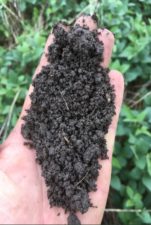
Taking One Small Step Toward More Sustainable Management
For the past year or so, Dr. Graham and I have been writing about changes at the Noble Research Institute and the benefits of soil health. Noble’s new central theme, “Land stewardship for improved soil health in grazing animal production with lasting producer profitability,” guides our objective to “Overcome the barriers deterring the lasting use...
Read more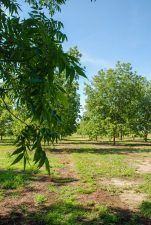
Let’s move ever upward & rethink research’s pairing with observation
Over the past year, as Noble Research Institute has transitioned to regenerative agriculture to improve soil health, I have sat through numerous workshops and educational events and have read literature focusing on ways to improve soil health as well as the benefits of improved soil health. To be honest, at times, it was hard to...
Read more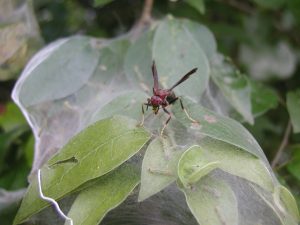
Alternative pest control considerations
With the new season right around the corner and the supply chain challenges for all goods, growers may need to start thinking about alternative pest control options. We have become dependent on chemicals to help control pests in our orchards. This dependence has led to us giving little thought to other methods for controlling these...
Read more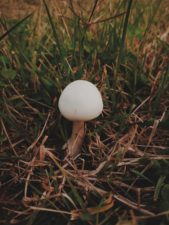
Fungi and bacteria are the keys to soil health and crop production
In the article “Soil Health: Does your orchard need a checkup?” from Pecan South’s June 2019, Dr. Charlie Graham wrote about the importance of fungi for improved soil health. The article did a great job explaining the different types of soil fungi and their benefits. However, you may still be asking yourself why fungi are...
Read more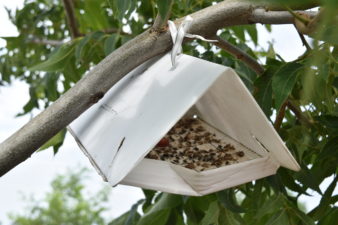
Take that first step toward regenerative agriculture
Over the past few months, I have been through several trainings on regenerative agriculture. I have had the opportunity to visit with several growers interested in a different way of managing their operations and the same questions keep coming up: What does regenerative pecan management look like? I do not know how I can do...
Read more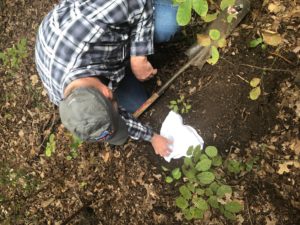
Get to know your soil and your soil health
We all know the importance of monitoring and scouting pecan trees. We spend countless hours each year going through the orchards scouting for disease, insects, nutrient deficiencies, and other issues. In fact, many producers can tell me about each tree without looking at a map or plot plan of the orchard. You can easily recite...
Read more
Noble Research Institute focuses on regenerative agriculture
If you have been paying attention to the news or social media lately, you have seen a lot of talk about mitigating climate variability. There have been several different approaches mentioned to accomplish this in agriculture, including organic, sustainable, carbon farming, and regenerative. The Noble Research Institute has announced that we will be focusing on...
Read more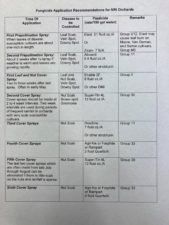
Manage Inputs When Managing Your Orchard
With the current market issues with pecans and the ever-increasing costs of inputs, growers are always looking for ways to increase profit from their pecan operations and manage inputs. We can use several strategies to reduce costs in our operations, hence increasing profit. Some of these strategies may be straightforward, while others may require you...
Read more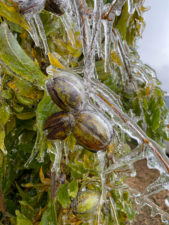
Recovering from Ice Storm Damage
As if 2020 has not been challenging enough, some growers in the central region are facing yet another challenge. Some growers now confront cleaning up orchards following a significant ice storm and trying to salvage what crop they have left. A strong winter storm pushed through North Texas and Oklahoma on Oct. 26 and brought...
Read more
Pecan Industry Incentives Can Attract Consumers
If this year has not taught us anything else, it has taught us that we live in an ever-changing world. To be successful, we need each other. From growers to accumulators to shellers, we all need to be on the same page for not only marketing pecans but also educating consumers. Recently, I sat through...
Read more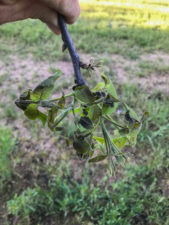
The Woe of Winter in the Heat of the Summer
Once again, growers in the Central region were ready to start another pecan season. The producers were prepared to put the previous season in the past and forget about the low prices they received for this last crop that did not live up to their earlier hopes and expectations. The 2020 season started earlier than...
Read more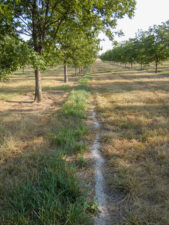
Before You Fertilize, Understand What Your Trees Need
With the 2019 harvest behind us, it is time to get ready for the 2020 crop. Whether you are growing natives or improved cultivars, one of the first management decisions you need to make is your fertilization plan. Nutrient management is one of the most crucial tools to optimize pecan production. A nutrient plan must...
Read more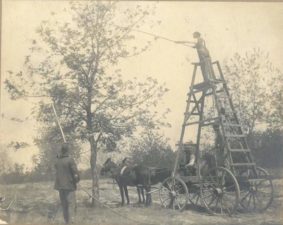
The Origin of Improved Pecans
After writing my last article on “The Importance of Native Pecans for the Future of the Industry,” I have had several readers visit with me about the article, telling me how much they enjoyed it and many saying that it gave them a great appreciation for natives. I have had a few ask me to...
Read more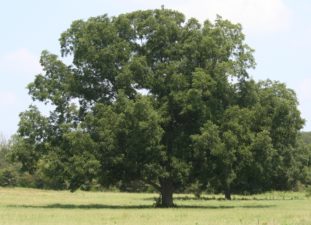
The Importance of Native Pecans for the Industry’s Future
Over the past several years, native pecan production has come under question with many people wondering if natives are a thing of the past. I have heard people say and have read articles that suggest native pecans will not be a viable enterprise in the future. These statements greatly concern me, as I know the...
Read more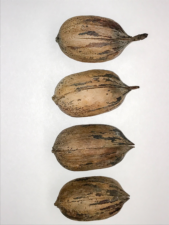
What happened to my 2018 pecan crop?
Pecan production is never an easy or guaranteed venture. Even before the 2018 pecan season started out, most areas had high expectations for a good crop. Crop production was lower the previous season, and for most of us we, had good soil moisture over the winter. However just as the 2018 season started with some...
Read more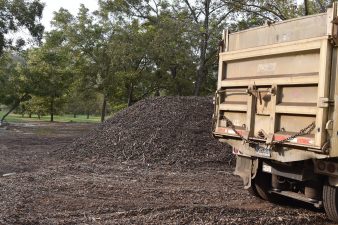
More than a tree
We all know that the wood from pecan trees is great for barbecuing and smoking meat. Along with adding flavor to your meats, pecan wood makes unique furniture, flooring, and paneling. It is also used in producing pallets for transportation of goods. After pecan wood is cured, it is extremely durable. Pecan wood has also...
Read more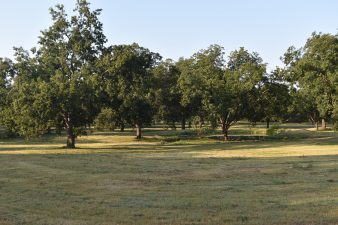
Pre-Harvest Planning
Since harvest is just around the corner, I thought it would be good to talk about management practices a grower may take the time to evaluate this time of year, which could pay big dividends into the future. I know that many producers are focused on the upcoming harvest and getting their equipment ready. However,...
Read more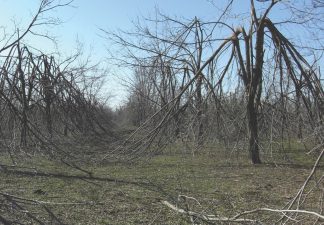
Orchard cleanup following ice damage
Many native pecan-producing areas were recently hit with extremely low temperatures and a blanket of ice. Producers can only hope any damage is not to the extent that has resulted from ice storms of the past. One major factor that could increase the potential for damage is the amount of stress that the trees have...
Read more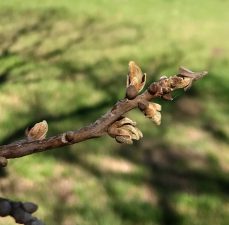
Watch for Freeze Damage This Chilly Spring
As I was preparing to write this article, I was pondering what to write about this month but then mother nature gave me an unexpected and unwanted topic. Over the weekend of April 7 and 8 temperatures across the northern pecan production areas dropped below freezing. With budbreak having started on several trees in southern...
Read more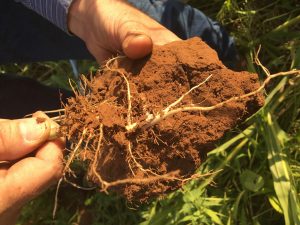
Improving Soil Health Through Cover Crops for Pecans
Recently, there has been a lot of attention centered on soil health. While the importance of soil health is not new to pecan producers, I believe this is an area where we as producers can definitely make improvements. As I travel and see different operations and visit with managers about their management practices one thing...
Read more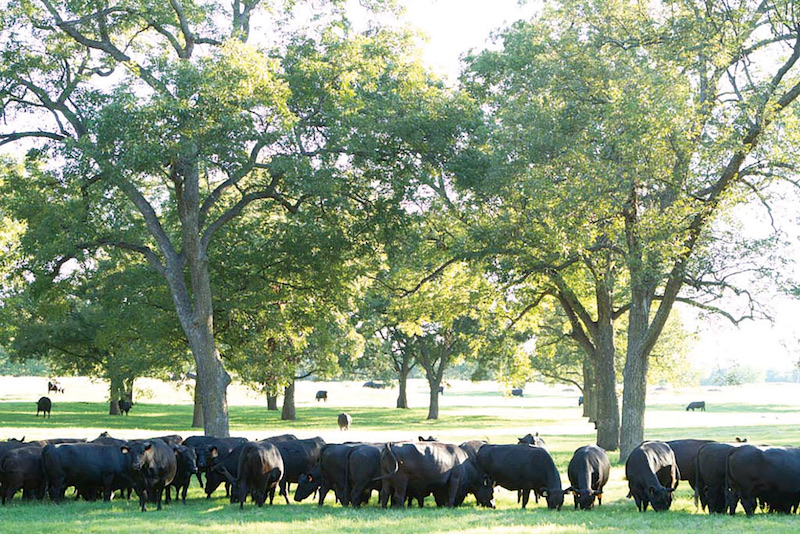
Add Value in the Pecan Orchard with Ground Cover
When I am visiting with pecan growers, one topic that seems to come up is proper management of forage for either livestock grazing or for hay production. Working mostly in Oklahoma and North Texas, the majority of the landowners I work with are not just solely pecan producers. These individuals are agriculture producers with diverse...
Read more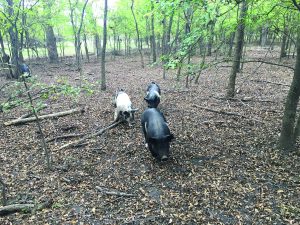
Alternative Thoughts on Thinning Out Native Pecan Bottoms
With the increased interest in pecans, I have received several calls over the past 2 years about how to clear native pecan bottoms to bring them into production and start a pecan enterprise. During these discussions, I normally recommend using heavy equipment to clear these bottoms of undesirable tree species and underbrush, and thinning out...
Read moreExamining New Concepts With Soil Health and Pecan Orchards
I recently was asked to discuss improving soil and root health in pecan orchards at the Comanche County Pecan Workshop in Texas. During my research on this topic, I discovered that soil cover, soil disturbance and plant diversity are often overlooked, but are critical in the production of pecans. There is a lot of literature...
Read more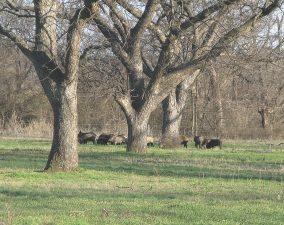
Feral Hogs in the Grove
Feral hogs are among the most destructive invasive species that agriculture producers face and can be a major issue for pecan growers. The most obvious damage that hogs cause in pecan areas is damage to the ground that interferes with harvest and general management. While this destruction can be costly and time-consuming, one often-overlooked consideration...
Read more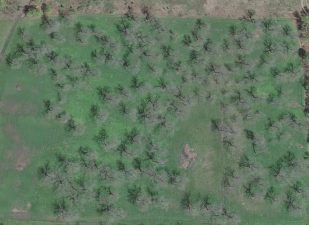
Tools to Help Determine a Tree Thinning Plan
Mature tree removal is one of the most critical and difficult management decisions that a pecan grower has to make, particularly in native groves. It is often very difficult for a producer to cut down a large tree. Sometimes, this difficulty arises from an emotional connection to a tree, and other times it can be...
Read more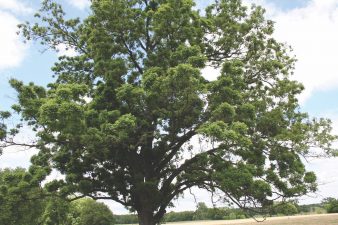
Review of Bunch Disease in Pecan
During the Oklahoma Pecan Growers’ orchard tour during the last conference, we looked at several pecan trees that exhibited signs of bunch disease. Producers asked several questions about this disease during the field tour and I have received several questions since. There is not a significant amount of information regarding bunch disease in pecan. The...
Read more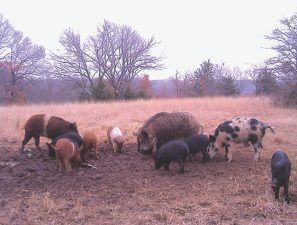
Feral Hogs: A hidden danger among food safety concerns
There has been a lot of talk about food safety and as you read in Charles Graham’s article in February, “New food safety regulations on the horizon,” several of the new regulations were discussed. Food safety is a major concern for all industries and it may take only one outbreak to greatly affect the future...
Read more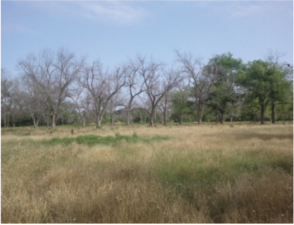
Pecan Trees: Coping With the Drought
During 2011 Oklahoma and Texas endured a severe drought resulting in major agricultural losses. The losses from the continued drought conditions of 2012 could be as equally significant if adequate rainfall does not occur. Drought conditions cause extreme stress on pecan trees. Water is critical for tree survival and nut production and is involved in...
Read moreNative Treasures
During 2010 over 45 million pounds of native pecans were harvested in the United States. This production had a value of over $60 million dollars. With an estimated one million acres of native pecan timber, there is a huge potential to increase farm income from managing these trees. Often times, native producers do nothing to...
Read moreOld Grove, New Potential
Last year over 45 million pounds of native pecans were harvested in the United States worth over $60 million dollars. The good prices from the past year have generated a lot of interest in pecan production. I receive several calls each week from folks wanting to get into the pecan business and benefit from these...
Read moreWildlife Can Take Significant Toll on Pecan Crop
Pecan groves seem to be a common gathering place for a variety of wildlife. Often times, individuals find this visually appealing when in fact wildlife gathering in these areas can become quite a nuisance. The damage resulting from wildlife inhabitation can be divided into three areas: tree injury, nut injury, and cashing. Tree injury occurs when the...
Read moreSuccessfully Managing Native Pecans Can Be Challenging
One of the most challenging aspects of pecan production is managing the native pecan grove. Native pecan groves are unique since no two native trees or orchards are alike. Since these differences exist, each grove must be managed differently. To successfully manage a native grove, a producer should take a holistic approach when evaluating the...
Read more